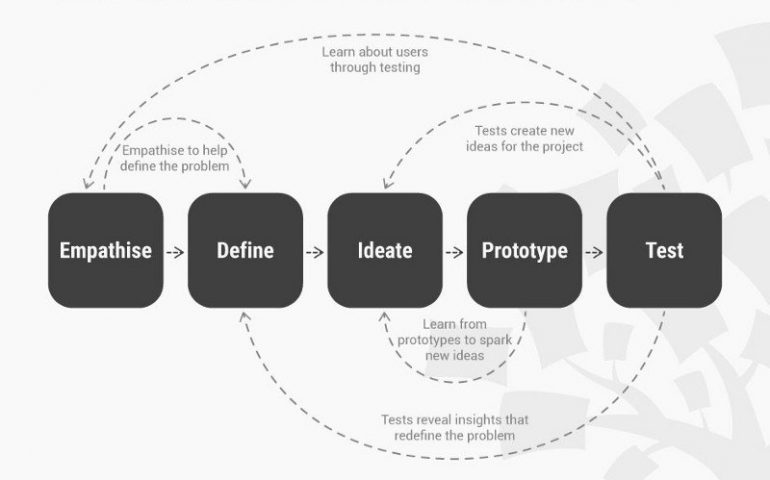03 Apr

Types of Client Feedback You Need To Build Better Website Prototypes
Know the various types of client feedback that you need in order to build better website prototypes. Know about the design cycle process.
24 Jan

Feature update: Review Video files with zipBoard
Have you ever wondered how to get feedback for your video assets? Have you faced any issues understanding, for which frame the feedback is? Is sharing and understanding feedback for videos, slowing your agile sprints?
10 Jan

How the Cloud Complicates Data Quality (and How You Can Fix It)
With the advancement of technology, cloud computing has been able to make a mark in numerous companies worldwide. It has got an array of benefits but it also has its downsides. There are specific challenges for data quality that arise when data, as well as the data applications, move around in the cloud and in
13 Dec

The Complete Guide to Writing Up a Successful UX Proposal
Whether you’re working on a website, network, product, or service, the user experience you provide is one of the most important considerations you need to be thinking about.
15 Aug

How to Choose the Best Project Management Software for Your Team
What features to look for when choosing the right Project Management Software for your team? You want the best for your company. No surprise there. Everyone does. From employing the right HR team to exceeding client expectations, there is a lot that a company can do to succeed. And that includes having an effective Project
08 Aug

Feature update: All tasks data across projects
Manage your tasks better and get your projects completed on time. This week we rolled out an update to the zipBoard dashboard that makes it easy to manage and view tasks across projects.
01 Aug

Is Your Instructional Design Strategy Right For Your eLearning Project?
Implementing instruction and collaborating with Subject Matters Experts aside, the early stages of planning and designing an effective learning experience are influenced greatly by the Instructional Design strategy employed.
25 Jul

9 Essential Tools for Graphic Designers
Web designing is all about using the right tools to create a visually stunning website. Every designer relies on at least one or two tools that help them to get things done quickly and efficiently. Though the process of selecting the essential tools might seem a little overwhelming, however, the advantages that come with them
04 Jul

6 Ways to Make Your Sales Training Effective [Updated]
The difference between a successful salesperson and someone who can’t thrive in the cutthroat sales business often comes down to how effective their training is. The majority of people who enter a career in sales tend to be outgoing, confident people who feel like they can sell to anyone.
26 Jun

Why Keywords Are Important to Your Website
When it comes to marketing your website, you have a lot of options. You can use social media to market your products, either through posting captivating photos or employing some social media influencers. You can also pay for promoted posts on social media or buy ad space on these social platforms. If you use a
